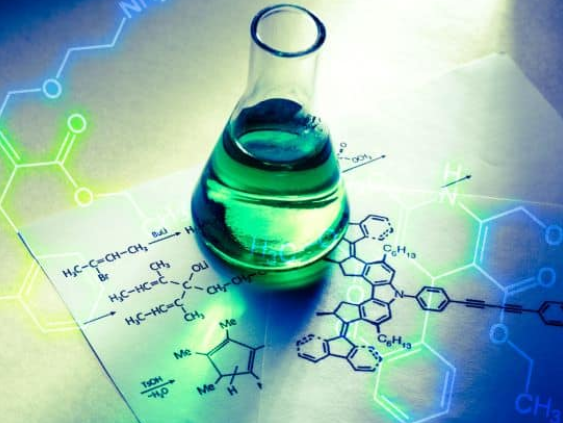
In this article, we will understand Organic Chemistry in a fun way with real time examples. This is very important chapter in NEET syllabus so you need to master this chapter.
Organic chemistry is like a kitchen full of ingredients, each with its own unique properties and capabilities. Some ingredients, like sugar and salt, are simple and easy to work with. Others, like herbs and spices, are more complex and require a little more finesse to use properly.
At the heart of organic chemistry is the concept of a molecule, which is like a recipe for a particular dish. A molecule is made up of various atoms, bonded together in a specific arrangement. Just as a recipe calls for specific quantities and types of ingredients, a molecule is defined by the types and numbers of atoms it contains.
Just as a chef must consider the properties of each ingredient when creating a dish, an organic chemist must consider the properties of each type of atom when designing a molecule. Carbon, for example, is a highly versatile atom that can form strong bonds with a wide range of other atoms. This makes it a key ingredient in many organic molecules.
But carbon isn’t the only important atom in organic chemistry. Oxygen, nitrogen, and hydrogen are also commonly found in organic molecules and play important roles in their properties and behaviors.
In the kitchen, a chef might combine ingredients in different ways to create a variety of dishes. In the same way, an organic chemist can combine atoms in different ways to create a vast array of molecules. Just as a chef might mix flour, eggs, and milk to make a pancake batter or combine sugar, butter, and vanilla to make a frosting, an organic chemist might combine carbon, hydrogen, and oxygen to make a carbohydrate or mix carbon, hydrogen, and nitrogen to make a protein.
But the fun doesn’t stop there. Just as a chef might add spices or herbs to a dish to give it a unique flavor, an organic chemist can add functional groups to a molecule to give it specific properties. A functional group is like a special ingredient that imparts specific chemical reactivity to a molecule.
For example, the addition of an -OH group to a molecule makes it a alcohol, which can react with other molecules in specific ways. The addition of a -COOH group makes it a carboxylic acid, which has a sour taste and can react with other molecules in different ways.
key concepts and principles
- Structural formulas: Organic compounds are often represented using structural formulas, which show the arrangement of atoms in the molecule and the bonds between them. Structural formulas also indicate which atoms are bonded to which other atoms, and in what order.
- Functional groups: Many organic compounds contain specific groups of atoms called functional groups, which are responsible for the chemical properties and reactions of the molecule. Common functional groups include alcohols, aldehydes, ketones, amines, carboxylic acids, and esters.
- Isomerism: Many organic compounds can exist in multiple different structural forms, known as isomers. These isomers have the same molecular formula, but differ in the arrangement of their atoms or in the way that their atoms are bonded together.
- Bonding: Organic compounds are held together by covalent bonds, which are formed when atoms share electrons in their outermost energy levels. The strength and stability of these bonds is influenced by the electronegativity of the atoms involved, as well as the size and shape of the molecule.
- Reactions: Organic compounds can undergo a wide variety of chemical reactions, which involve the breaking and forming of chemical bonds. These reactions can be classified as either addition reactions, substitution reactions, elimination reactions, or rearrangement reactions, depending on the types of bonds that are broken and formed.
- Stereochemistry: Many organic compounds exist in multiple different three-dimensional forms, known as stereoisomers. These stereoisomers differ in the spatial arrangement of their atoms, but have the same chemical properties and reactivity.
- Nomenclature: Organic chemistry has a complex system for naming compounds, which is based on the functional groups and the structure of the molecule. Understanding this system is important for accurately identifying and communicating about specific compounds.
As you can see, organic chemistry is a complex and fascinating field, with endless possibilities for creativity and innovation. Whether you’re a chef in the kitchen or an organic chemist in the lab, the principles of combining and manipulating ingredients to create something new and unique remain the same.
PS: Want to practice questions in Organic Chemistry for free? Log into NEETshala app or website and go to question bank from main menu. Select Organic Chemistry from the NEET syllabus. You can practice MCQs or go through Flashcards. Click here to go to MCQs directly.